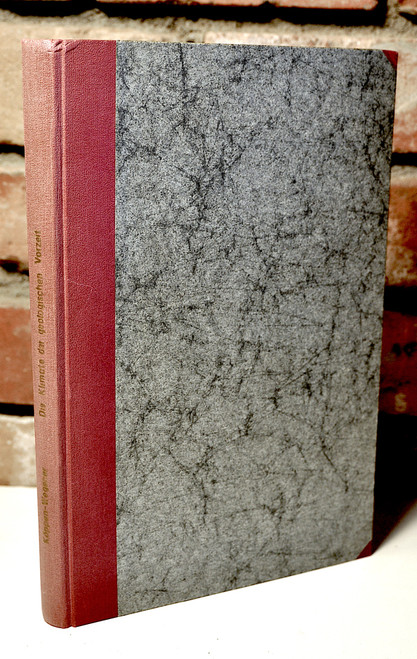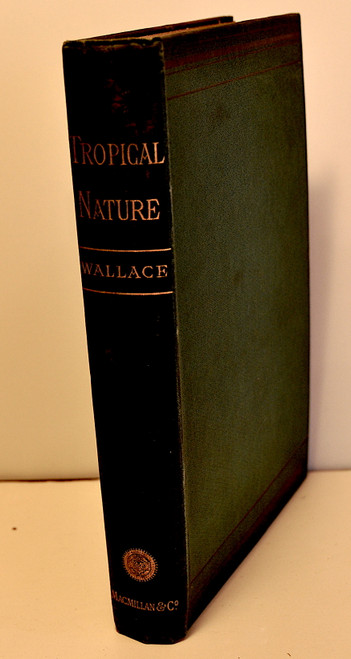Wegener, Alfred; Das Detonierende Meteor vom 3 April 1916 ….in Kurhessen. Marburg, 1917. Octavo, pp. 83, text maps and figures.
The work is the original publication and is complete and in the original soft title wraps, light spine edge wear, near fine.
Alfred Lothar Wegener (1880-1930) was a German meteorologist and geophysicist and best remembered as the first scientist to formulate a complete statement of the continental drift hypothesis.
He earned his Ph.D in astronomy and meteorology from the University of Berlin and became interested in paleoclimatology making four expeditions to Greenland between 1906 and 1930. He died during his last expedition in Greenland in 1930.
Wegener studied physics, meteorology and astronomy in Heidelberg, Berlin and Innsbruck, In Berlin, he studied thermodynamics under Max Planck and was influenced by Planck’s teaching and research methodology which he was to emulate. Wegener served in WW-I and after being wounded twice he returned to Marburg.
At the end of April 1916 he learned of an event now known as the Treysa meteor which had occurred on April 3 in Hesse, Germany. Professor Franz Richarz (1860-1920) and Professor Emanuel Kayser (1845-1927); both with the University of Marburg asked for his help in locating the meteorite. Having an interest in meteorites, Wegener agreed to help. Plotting eyewitness and newspaper accounts of the meteorite on a map, Wegener was able to obtain a rough estimate of the landing site 125 km from Treysa. The meteorite was found on March 5, 1917 very close to his calculated position. Wegener came to understand how eyewitness reports made by citizens could be used for scientific research. His methodology is presented in the above report which is a very rare original paper. This is NOT a modern reprint.















